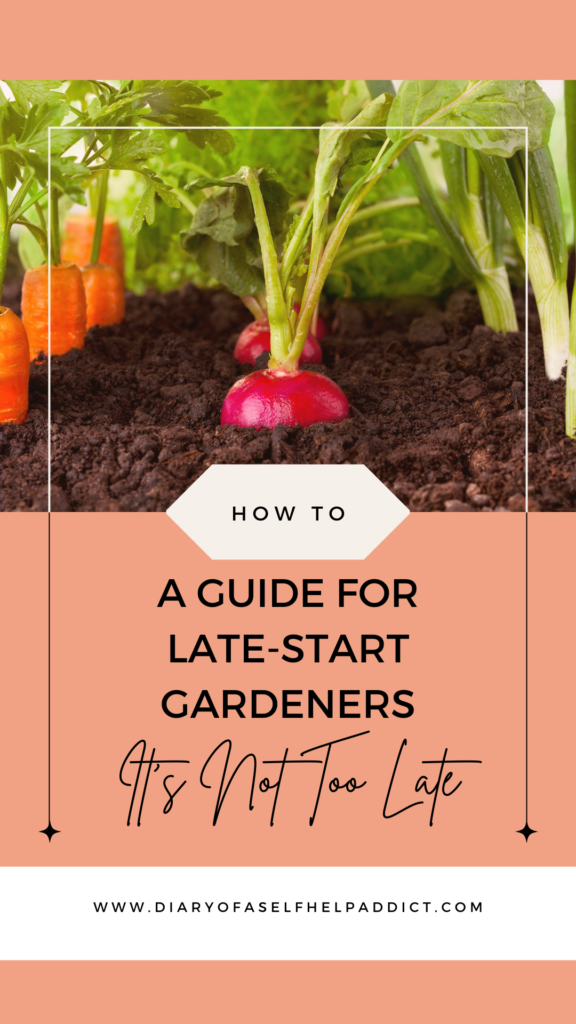
Whether you’re a novice or an expert, this how-to guide for late-start gardeners has everything you need for a successful season.
A Step-By-Step Guide For Late-Start Gardners
So, you’ve decided to try gardening but missed the optimal planting window for starting seeds? Don’t worry! There’s still plenty you can do to enjoy fresh, home-grown vegetables and herbs this season. Whether it’s mid-summer or even late in the season, you can still have a successful garden. This guide will walk you through selecting the right plants, preparing your garden, and caring for your late-start crops.
1. Understanding Your Growing Season
First, it’s essential to understand your local growing season and frost dates. Your growing season is determined by the time between the last frost in spring and the first frost in fall. This period can vary widely depending on your location. For example, in northern regions, the growing season might only be 120 days, whereas in the southern areas, it could be 240 days or more.
Finding Your Frost Dates
To find your local frost dates, you can use resources like the USDA Plant Hardiness Zone Map for the United States or similar tools available in other countries. Knowing these dates helps you choose crops that can mature within the remaining growing season.
2. Selecting the Right Plants
When you’re starting late, choosing plants with a shorter growing cycle is crucial. Many vegetables and herbs can mature in 30-60 days, making them perfect for late planting.
Vegetables to Plant Late
- Radishes: These are one of the fastest-growing vegetables, maturing in as little as 20-30 days.
- Lettuce: Many varieties mature in 30-60 days and can handle cooler weather if you’re planting late in the season.
- Spinach: Another quick grower that can handle cooler temperatures.
- Bush Beans: These typically mature in about 50-60 days.
- Beets: Beets can mature in 50-70 days, and you can also enjoy the beet greens.
- Carrots: Some fast-maturing varieties can be ready in 60-70 days.
- Kale: Kale can be harvested as baby greens in about 30 days and matures in about 60 days.
- Swiss Chard: This versatile green matures in 50-60 days and can handle some frost.
Herbs to Plant Late
- Basil: Basil grows quickly and can be ready to start harvesting in just a few weeks.
- Cilantro: This herb can mature in 30-40 days.
- Dill: Dill can be harvested in about 40-60 days.
- Parsley: While it takes about 70 days to mature, you can start harvesting the leaves earlier.
- Chives: These can be harvested as soon as they reach a desirable size.
My Top Veggies, Herbs, and Flowers to Plant Late
My favorite plants to grow in summer, even if I start a little late, are jalapenos, cucumbers, radishes, bush beans, tomatoes, and bell peppers. Additionally, I love to grow basil, rosemary, spearmint, and lavender for herbs to add freshness to my meals. Lastly, I always grow zinnias, marigolds, and dahlia flowers to help the pollinators find my garden.
Related Read: Easy Homemade Fire Cider Recipe
3. Preparing Your Garden
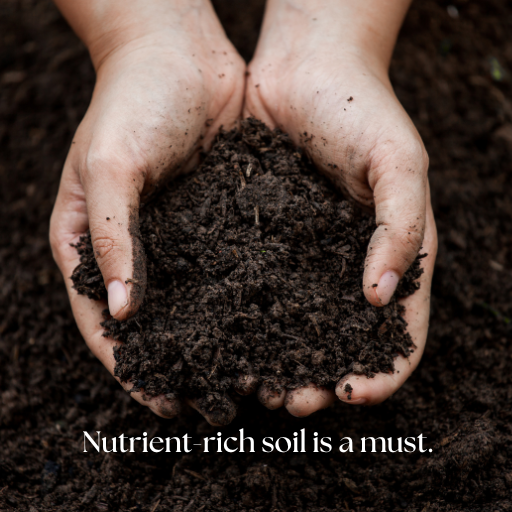
Soil Preparation
Healthy soil is the foundation of a successful garden. Even if you’re starting late, take the time to prepare your soil correctly.
- Clear the Area: Remove any weeds, rocks, or debris from your planting area.
- Test the Soil: If possible, test your soil to understand its pH and nutrient levels. Many garden centers offer affordable soil testing kits.
- Amend the Soil: Based on your soil test results, use compost, aged manure, or other organic matter to improve its fertility and structure. Most vegetables prefer slightly acidic to neutral soil (pH 6-7).
- Potting Soil for Container Gardens: You can purchase bags of potting soil for vegetables and fruit at your local garden center. I blend equal parts organic topsoil, organic mushroom compost, and paver sand.
Choosing Containers or Raised Beds
Consider using containers or raised beds if you’re short on time or space. They warm up faster in the spring and can be more manageable than traditional garden beds.
- Containers: Use pots with good drainage. Almost any vegetable can be grown in a container if the pot is large enough.
- Raised Beds: These are great for improving drainage and controlling soil quality. They also make gardening more accessible. I plant my veggies and herbs in 36-inch round aluminum fire pit rings that I purchased at Tractor Supply Company.
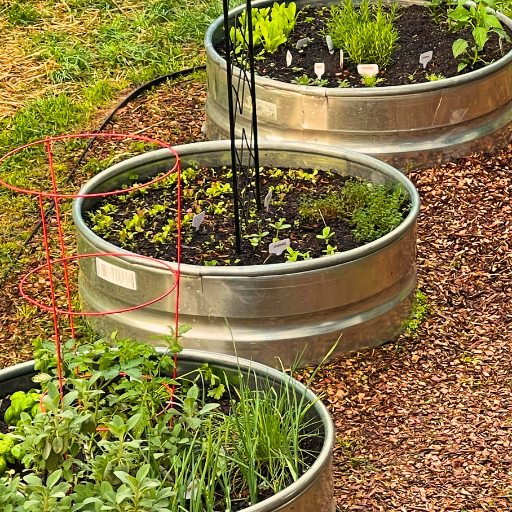
4. Planting Your Seeds or Seedlings
Direct Seeding vs. Transplants
For a late start, transplants (young plants) can give you a head start over seeds. However, many fast-growing crops can still be direct-seeded.
- Transplants: Buy healthy transplants from a local nursery. Look for sturdy, well-rooted plants.
- Direct Seeding: Follow the seed packet instructions for planting depth and spacing. Water well after planting.
Planting Tips
- Spacing: Follow the recommended spacing guidelines on seed packets or plant tags. Overcrowding can lead to poor air circulation and increased disease risk.
- Watering: Keep the soil consistently moist until seeds germinate or transplants are established. Avoid overwatering, which can lead to root rot.
- Mulching: Mulch around plants to retain moisture, suppress weeds, and regulate soil temperature.
5. Caring for Your Late-Season Garden
Watering
Consistent watering is crucial, especially for young plants. Aim to keep the soil evenly moist. Water early in the morning to reduce evaporation and allow plants to dry before evening, which helps prevent disease.
Fertilizing
Since you’re starting late, giving your plants a nutrient boost can help them grow faster and more robust.
- Balanced Fertilizer: Use a balanced fertilizer (such as 10-10-10) according to the package instructions.
- Organic Options: Compost tea, fish emulsion, or other organic fertilizers can also provide essential nutrients.
Pest and Disease Management
Due to warmer temperatures and higher humidity, late-season gardens can be more prone to pests and diseases.
- Inspection: Regularly inspect plants for signs of pests or disease.
- Natural Remedies: Use natural pest control methods, such as neem oil, insecticidal soap, peppermint oil (a few drops in a spray bottle of water), or introduce beneficial insects like ladybugs.
- Pruning: Remove any diseased or damaged leaves to prevent the spread of disease.
Harvesting
- Frequent Harvesting: Harvest vegetables and herbs frequently to encourage continuous production.
- Proper Techniques: Do not pull the fruit off the vine. Use sharp scissors or pruning shears to avoid damaging plants.
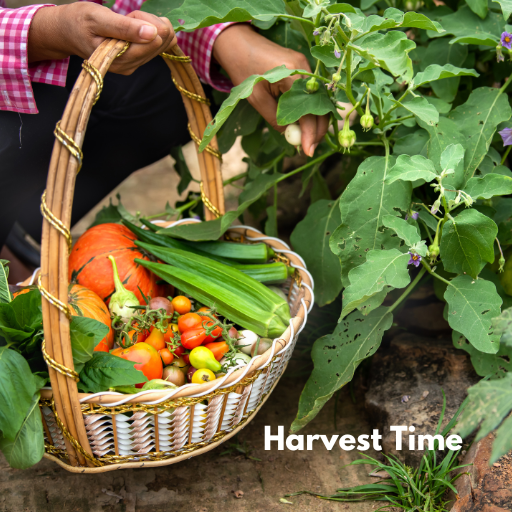
6. Extending Your Growing Season
Season Extension Techniques
To make the most of your garden, consider using season extension techniques.
- Row Covers: Lightweight fabric row covers can protect plants from frost and extend the growing season by a few weeks.
- Cold Frames: These are like mini-greenhouses and can keep plants warm during cooler nights.
- Mulching: A thick layer of mulch can help insulate the soil and protect plant roots from frost.
Fall Gardening
As you become more comfortable with gardening, try fall gardening. Many cool-weather crops thrive in the fall and can be planted in late summer for a second harvest.
- Cool-Weather Crops: Vegetables like kale, spinach, and radishes can be planted in late summer for a fall harvest.
- Timing: Check the days to maturity on seed packets and count backward from your first expected frost date to determine the best planting time.
7. Enjoying the Fruits (and Veggies) of Your Labor
Gardening is not only about the end result but also about enjoying the process. Even with a late start, you can experience the joy of growing your food and watching your garden thrive.
Sharing and Learning
- Share Your Bounty: If you end up with more produce than you can use, share it with friends, family, or neighbors.
- Learn and Adapt: Gardening is a continual learning process. Keep notes on what works and what doesn’t so you can improve each season.
Embracing the Journey
Remember, gardening is as much about the journey as the harvest. Enjoy the time spent outdoors, the connection with nature, and the satisfaction of nurturing plants from seed to table.
Conclusion
Starting a garden late in the season might seem challenging, but it can be just as rewarding as starting early with the right approach. You can still enjoy a bountiful harvest of fresh vegetables and herbs by selecting the right plants, preparing your soil, and taking good care of your garden. Happy gardening!
My Favorite Gardening Supplies
Below are some of the gardening products that I use for your reference. I’ve added some Amazon links; however, you’ll probably find less expensive items at your local garden supply center, so shop around.
AS AN AMAZON ASSOCIATE, I EARN FROM QUALIFYING PURCHASES. READ MY DISCLOSER HERE.

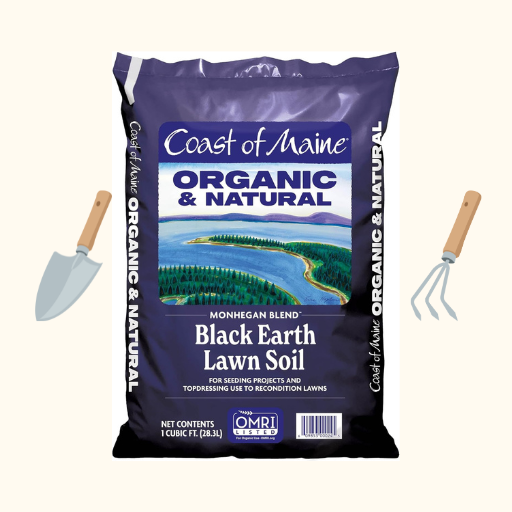
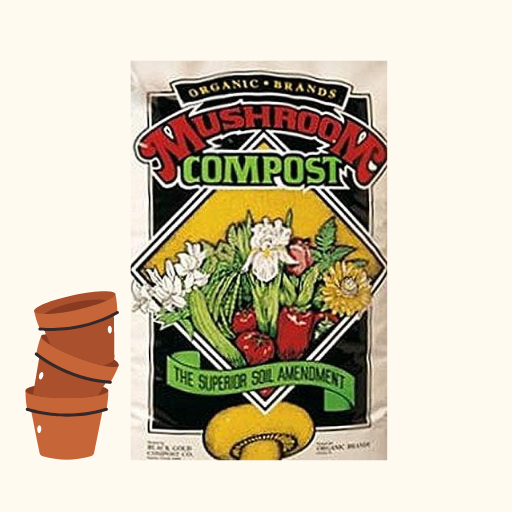

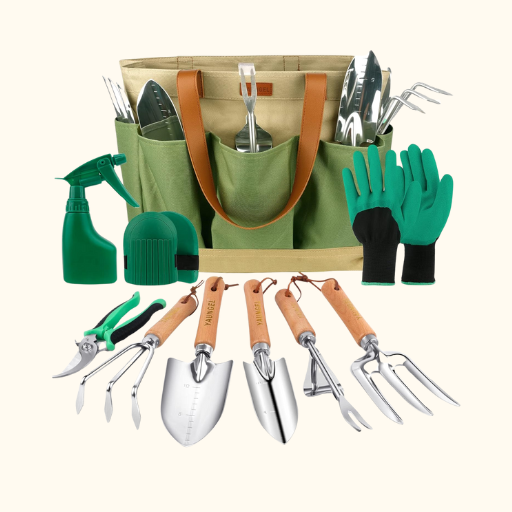
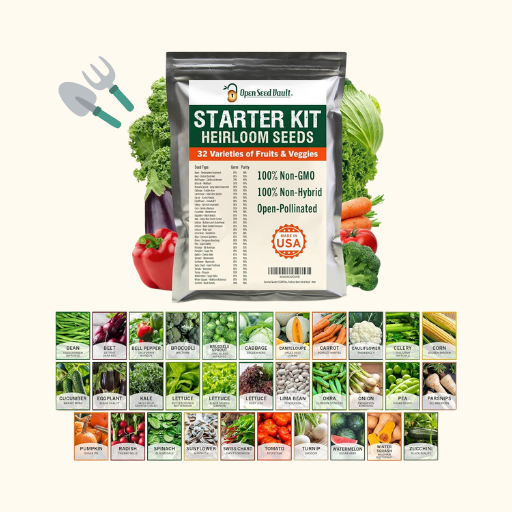
Pin It For Later

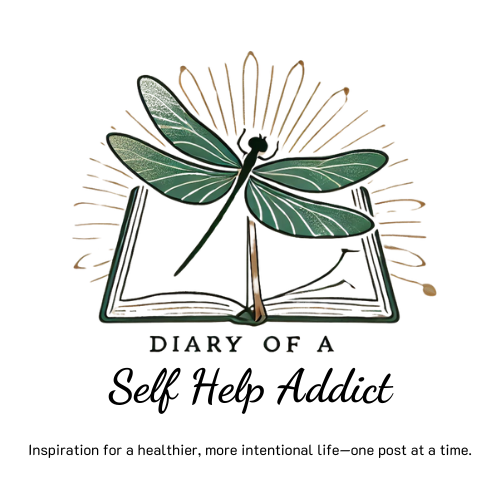
Thanks for a great guide! Loved all the tips!😁
Thanks so much, Penny!
I needed this post! It’s mid-June and I just planted our garden (the latest I’ve ever planted!). We had snow and frost last week (you never know what the weather will do in Montana). Our growing season is short! There is so much to know and learn with gardening, I feel like these suggestions are just what I needed. Thank you!
Awww, thank you, Lori! I would love to visit Montana someday! Best wishes with your garden!
Same here in Canada! Except no snow! yikes! A hard frost damaged my irises. I am going to reseed my beans and cucumbers as soon as I can, we’ve also had an unseasonably cold and rainy spring. Hopefully everything will bounce back!
I’m originally from New Hampshire, so I totally get short growing seasons! Best wishes on a great summer season!!
This is a really good idea for a post! Thanks for sharing these tips.
Thank you!
Very thorough post good tips and ideas. I need to get back into my garden! It’s a but neglected thanks for the inspiration 🙂
❤️❤️❤️